How to Decide if You Should Repair or Replace Your Aging Heater
When a heater starts acting up, the hardest question is not always what is wrong but whether it is smart to repair the unit or invest in a new system. The right call protects safety, stabilizes comfort, and keeps long-term costs in check. Because heating equipment involves combustion, electricity, and pressurized refrigerants, the best path is to bring in licensed pros and lean on their testing and documentation. If you are unsure where to start, reach out to HVAC companies to schedule a diagnostic visit and get written estimates you can compare.
How Old is Too Old?
Age is a helpful, but not definitive, indicator. According to This Old House, furnaces and heat pumps are built to serve for approximately 15 years with proper maintenance. Age matters because older equipment predates current safety standards, tends to lose efficiency, and may lack the parts availability needed for fast repairs. If your system is past its expected service life and has a history of trouble, a replacement discussion is reasonable even if it still runs today.
Safety Comes First
Any hint of a safety issue tips the scale toward replacement or, at minimum, immediate professional repair. Warning signs include persistent burner problems, recurring flame rollout trips, heat exchanger cracks, frequent carbon monoxide alarms, or scorched wiring. These conditions are not theoretical risks; they can threaten indoor air and electrical safety. A licensed technician should perform combustion analysis, leak checks, and electrical testing. If the report shows unsafe operation, the safest path is to replace the equipment rather than chase recurring fixes.
Your Repair History Tells a Story
Look back at the past two to three heating seasons. Have you paid for multiple motor replacements, igniter swaps, or control board fixes, and are breakdowns becoming more frequent or severe? A pattern of growing costs and longer downtime often signals deeper wear. In those scenarios, seasoned technicians at HVAC companies can help you total lifetime repair spend, compare it to the price of a modern system, and weigh the risk of future failures that could land in the coldest week of winter.
Rising Energy Bills Are a Diagnostic Clue
If your winter utility costs have crept up while your thermostat settings and usage habits have not, the heater may be working harder to deliver the same comfort. Worn heat exchangers, failing blowers, and airflow restrictions all push efficiency down. Pros at HVAC companies can measure static pressure, temperature rise, and system capacity to show whether you are paying more than you should. When test results confirm major efficiency losses, replacement can pay back through lower monthly bills and fewer service calls.
Comfort and Performance Symptoms
Comfort problems often arrive before a complete breakdown. Rooms that never warm up, short cycling that leaves the house chilly, or loud startup noises are all evidence that something fundamental is off. While some issues can be corrected with professional adjustments or component replacements, recurring symptoms after multiple service visits suggest the system is at the end of its useful life. Use documented test results to decide, not guesswork.
Fuel Source and Electrification Choices
A repair-or-replace decision is a chance to confirm the right fuel and system type for your home. Some owners prefer to stay with a high-efficiency furnace or boiler, while others want to switch to a heat pump with a cold-climate rating and a properly matched backup heat source. Ductwork, electrical capacity, local utility rates, and climate all matter. A qualified contractor can model operating costs and recommend a system that fits your comfort goals without over- or under-sizing.
Timing and Planning Reduce Stress
If your system is limping along in late fall, a controlled replacement before the first deep freeze can prevent an emergency outage. Off-season installations often allow more scheduling flexibility and careful commissioning. When you plan ahead, you can compare multiple bids, select accessories like smart controls or air quality upgrades, and arrange financing without the pressure of a no-heat situation. Coordinating schedules with HVAC companies before peak season can also shorten lead times.
Warranties, Rebates, And Financing
Repairs on older systems typically come with short parts warranties and limited labor coverage. New systems can provide multi-year protection and the option to buy extended labor plans. Ask about manufacturer promotions, utility rebates, and potential tax incentives for high-efficiency equipment. The net price after incentives may be closer to your repair cost than you expect, especially when you include avoided breakdowns and energy savings over the warranty period.
Comfort Add-Ons And System Compatibility
If you have been thinking about better filtration, a whole-home humidifier, or advanced zoning, replacement may be the right moment to integrate those upgrades. Compatibility with older equipment can be limited, while modern systems often include options for variable-speed fans, communicating thermostats, and improved filtration cabinets. Bundling these choices at installation time can improve comfort day one, rather than piecemeal add-ons that do not fully solve the underlying performance issues.
What A Professional Evaluation Includes
Decisions are easier when they are grounded in measurements. A thorough visit should include a load calculation, supply and return airflow tests, combustion safety checks, electrical testing under load, and a written report that explains findings in clear terms. Reputable HVAC companies will also verify duct condition, filter fitment, and venting details, then map those results to specific repair or replacement options. This documentation helps you compare proposals on more than price.
A Practical Decision Framework
Use this simple framework with your contractor’s findings:
- Choose repair when the unit is within its expected service life, the problem is isolated and inexpensive, safety tests pass, and test data shows the system can meet demand after the fix.
- Lean toward replacement when the system is past its typical lifespan, the repair quote is close to half the cost of new, energy and comfort problems persist, parts are hard to find, or there are flagged safety concerns.
- Plan a scheduled replacement when the unit still runs but has a pattern of failures, efficiency is drifting down, or your home needs comfort upgrades that are better served by newer technology.
The goal is not to squeeze every last hour from a failing heater, but to avoid sunk costs, protect your home, and improve comfort with a choice that holds up over the next decade.
Common Questions To Ask Before You Decide
Ask your contractor to provide written answers to these essentials so you can compare apples to apples:
- What did your tests show about safety, airflow, efficiency, and capacity under load, and how do those results affect comfort and cost?
- If we repair, what is the expected remaining life, and what other components are likely to fail based on what you observed?
- If we replace, what size and model do you recommend, why, and how will you verify sizing with a load calculation?
- What warranties, maintenance requirements, and commissioning steps are included, and how will you document them for future service?
- What is the total cost of ownership over five to ten years for each option, including energy use, repairs, and warranties?
Clear, documented answers will keep the process objective and focused on outcomes, not assumptions.
A measured decision today can spare you surprise costs tomorrow, while giving you quieter operation, better comfort, and predictable bills for years to come. Ready to move forward with one of the most reliable local HVAC companies in the area? If so, then don't hesitate to contact Archway Cooling & Heating Inc for a safety-first diagnostic.
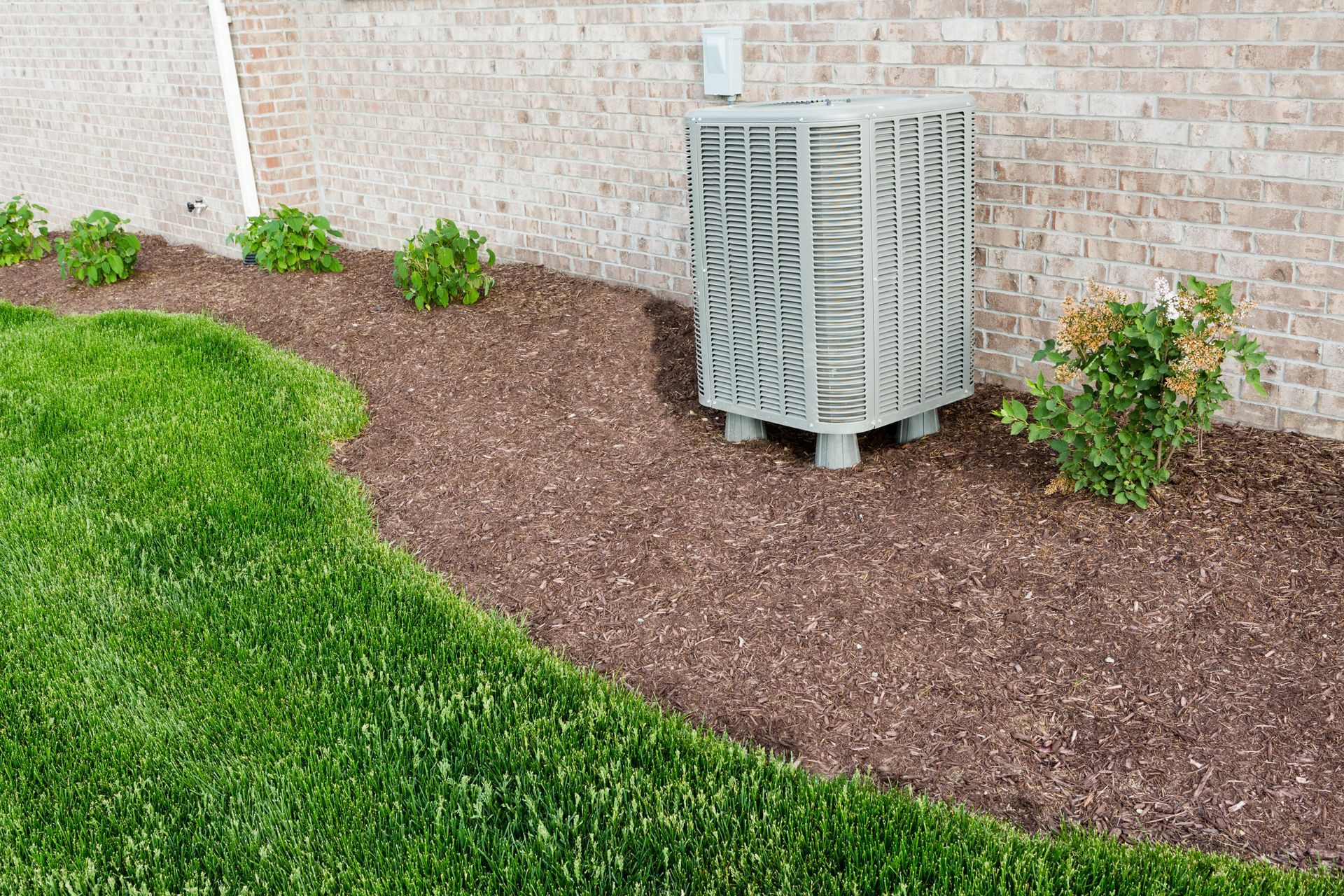
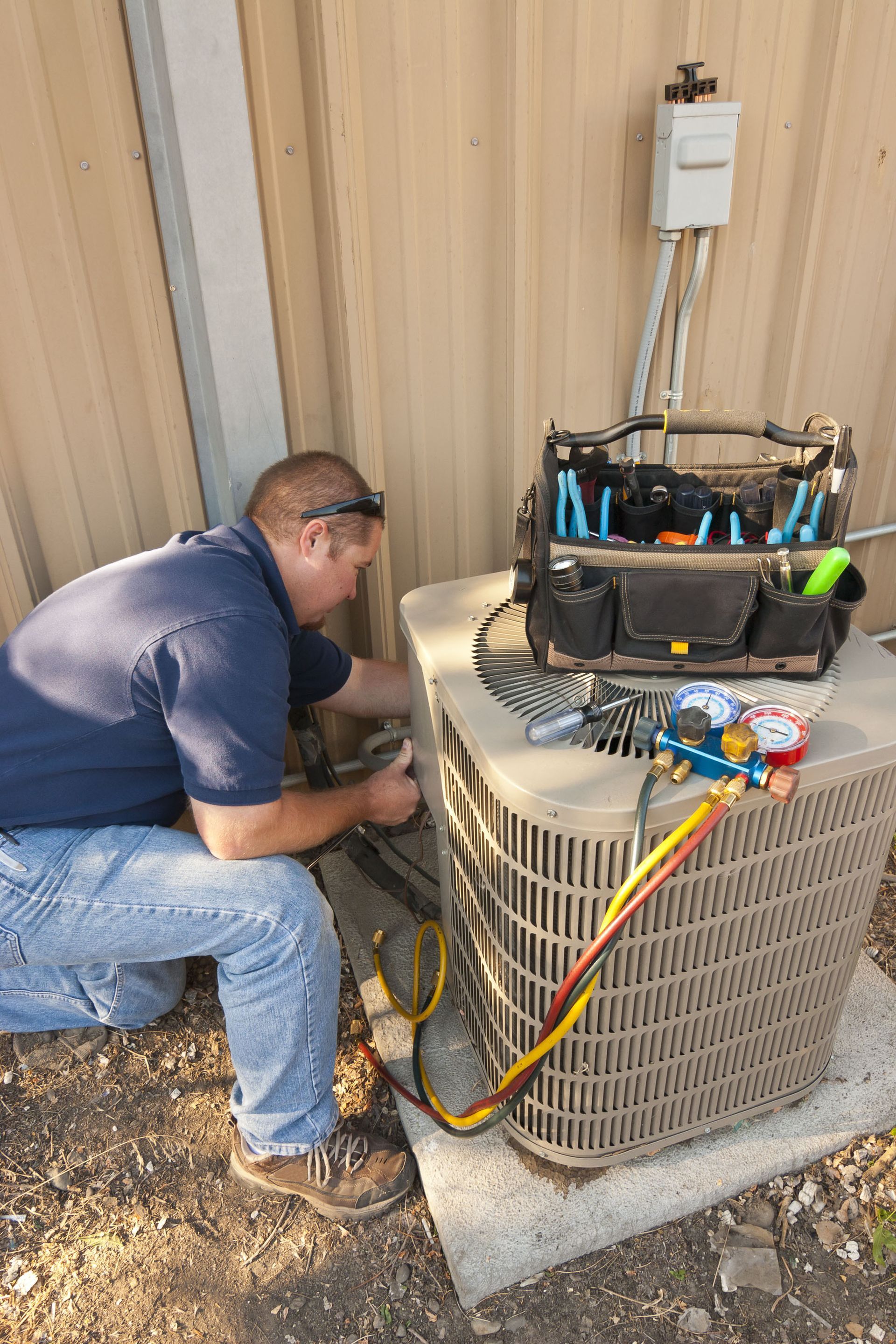
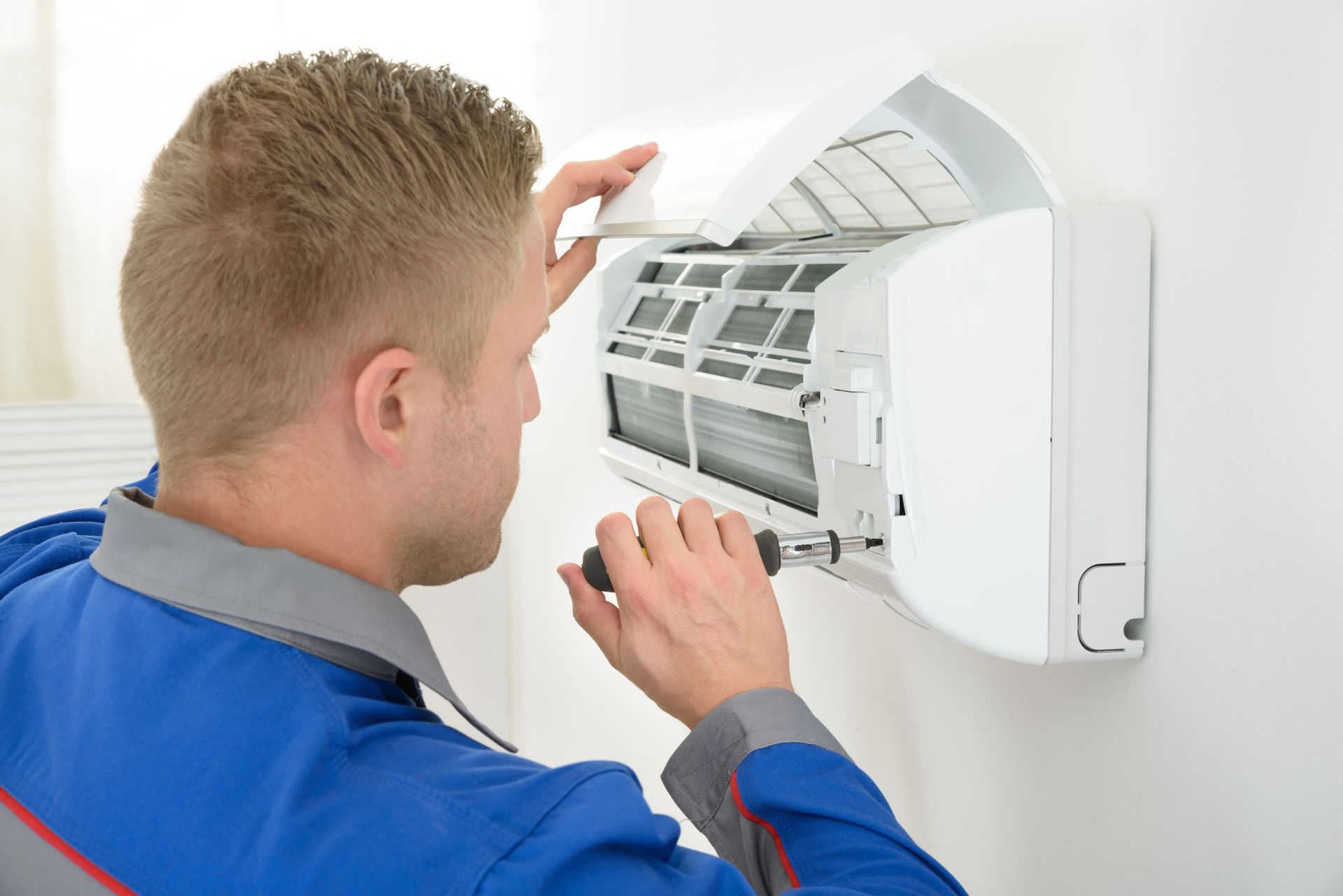
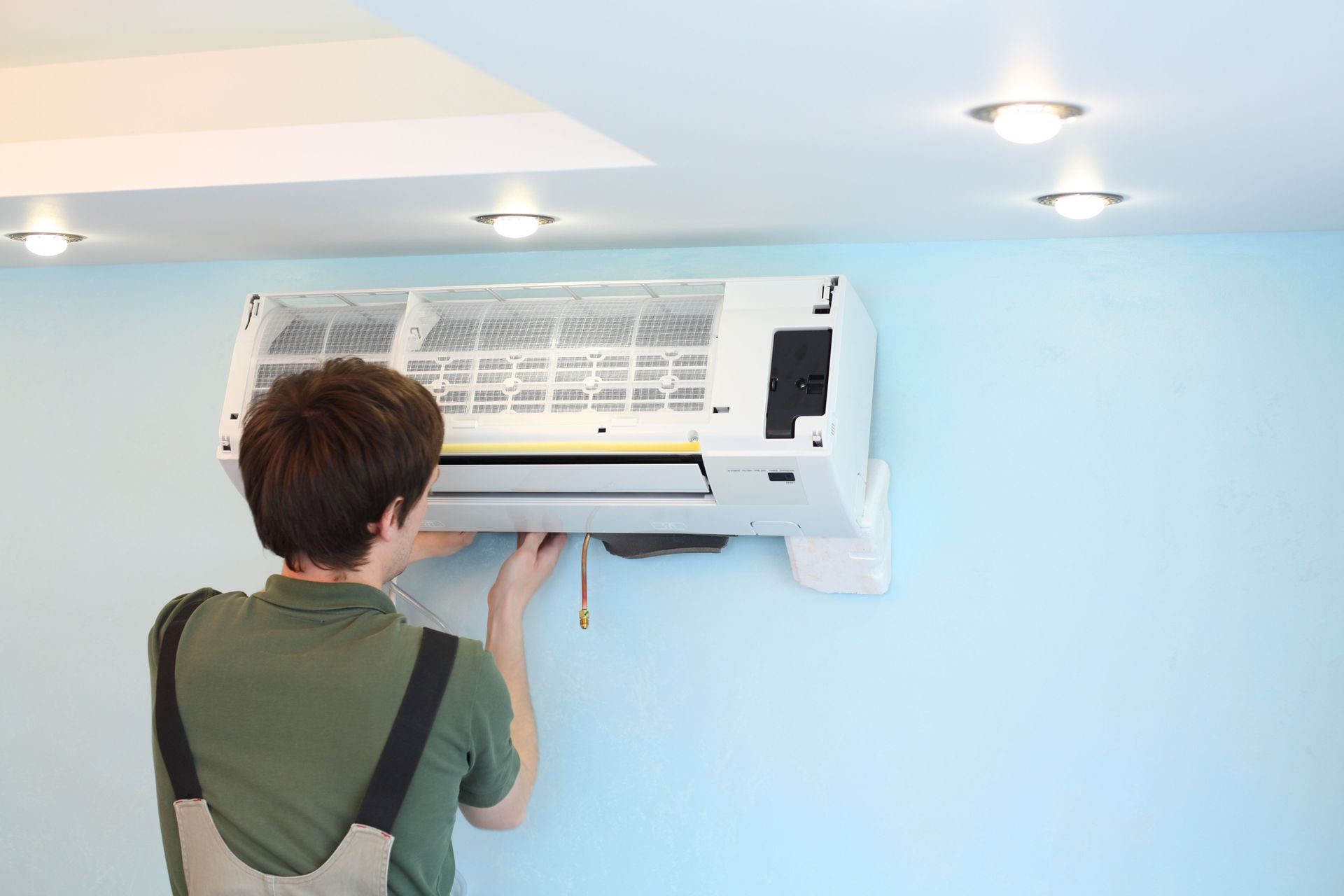
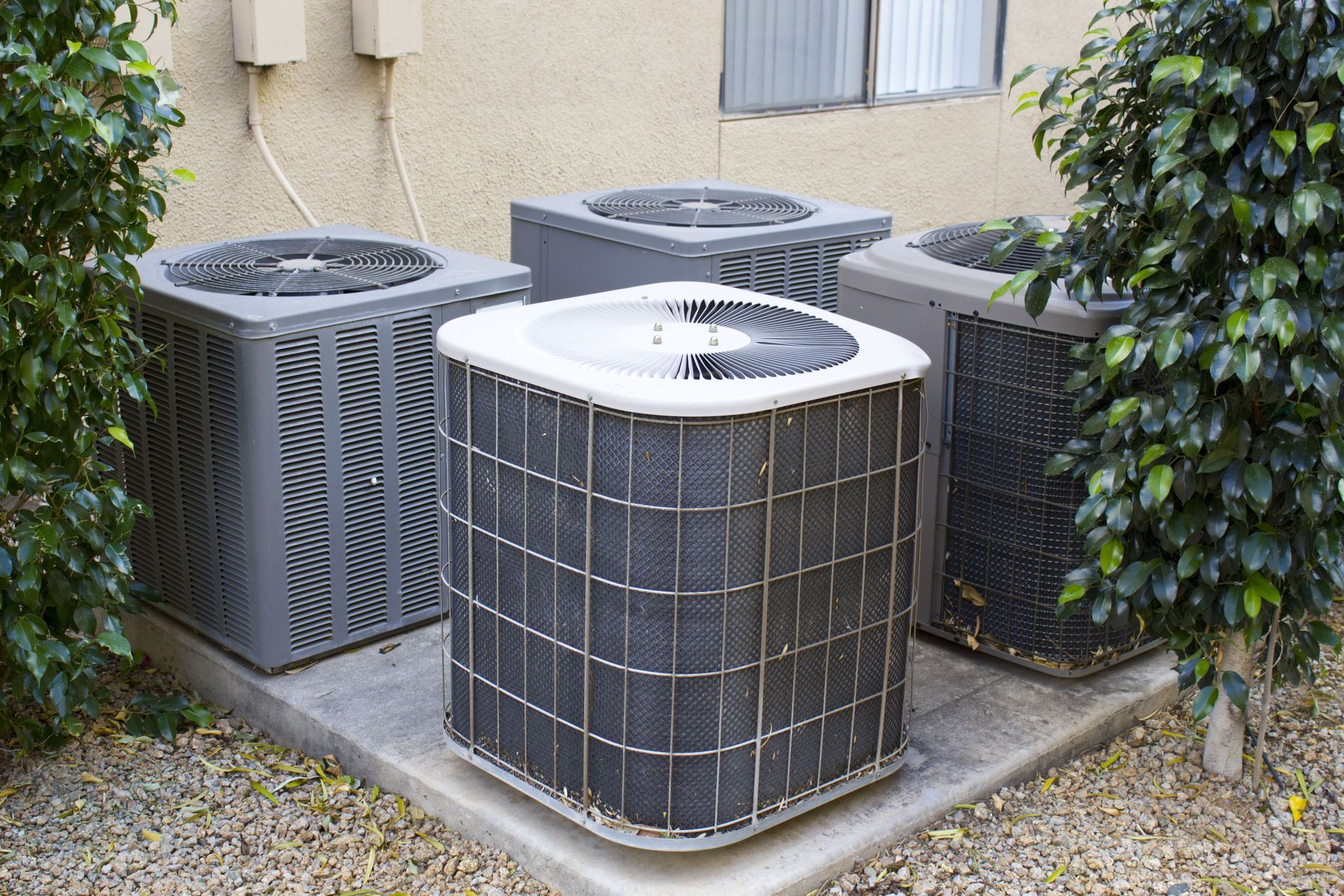
Share On: